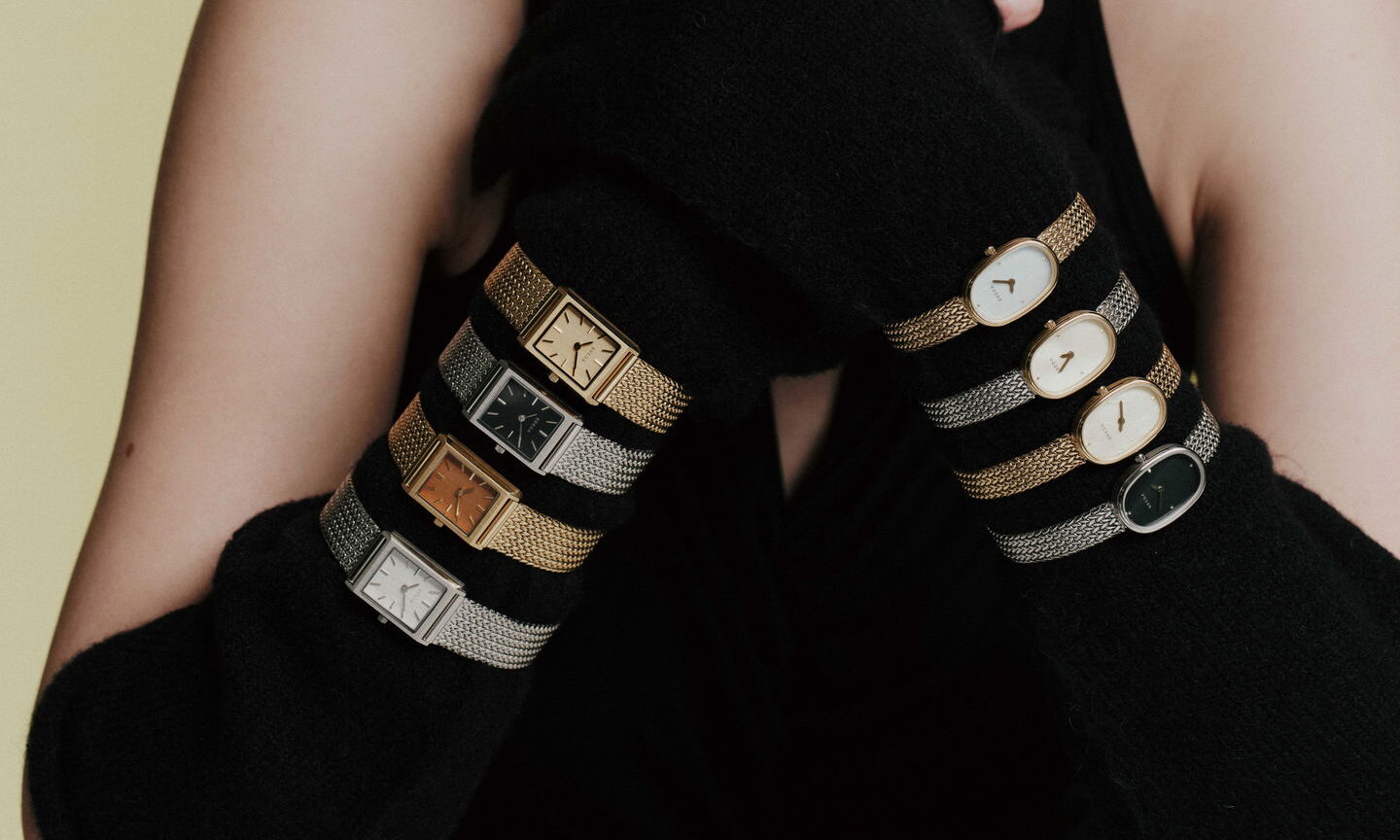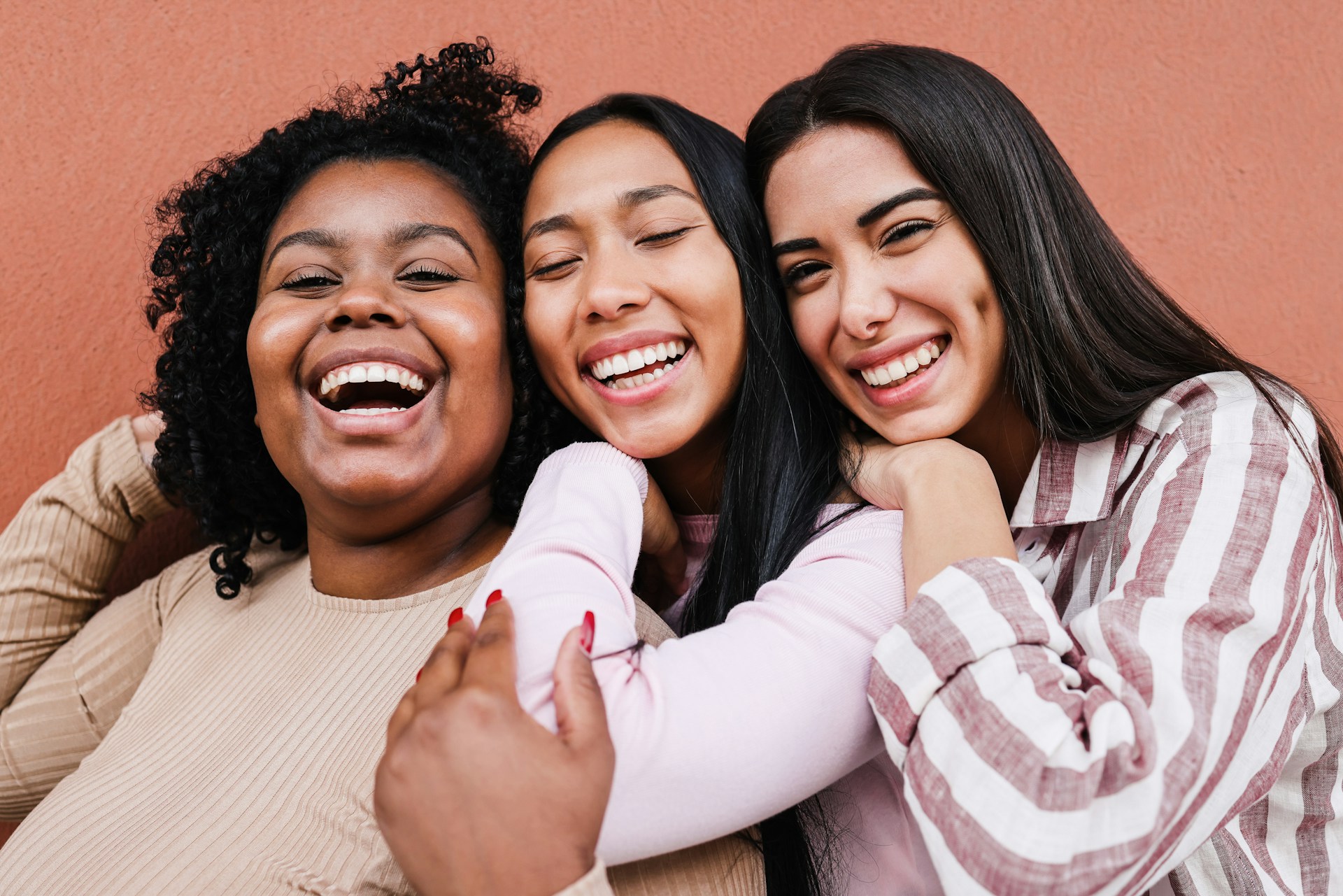Popular
RIP Naya Rivera: The Specific Importance of Santana to Femme-Presenting Gay Women
14 Jul, 20

via NBC
As a young queer girl growing up in the south, I was lucky that my parents weren’t homophobes.
My parents believed that people were sometimes born gay, and while they wouldn’t “wish that harder life” on their children, they certainly made me and my sister believe that gay people were just as worthy of love as anyone else. I was lucky.
Still, in my relatively sheltered world of Northern Virginia (a rich suburb near Washington D.C.), homophobia wasn’t as blatant as hate crimes or shouted slurs, but it was generally accepted that being straight was, simply, better.
In high school, it wasn’t uncommon to use “gay” as an insult or for girls to tease each other about being “lez.” While many of us, if asked, would have said we were in support of gay marriage and loved The Ellen Show, being gay remained an undesirable affliction.
Even more insidious, I was instilled with the belief—by my church and my peers—that if gay and lesbian people could be straight, they would. But since they were simply incapable of attraction to the opposite sex or fitting into traditional gender roles, we should accept them as they are as an act of mercy. At the time, this kind of pity seemed progressive and noble. Those in my close circle of family and friends weren’t openly dismissive or condemning of gay people, but we saw homosexuality as a clear predisposition with no gray areas.
Specifically: Gay men talked with a lilt, giggled femininely, and were interested in things that weren’t traditionally “masculine.” Meanwhile, gay women dressed like men, had no interest in makeup or other traditionally female interests, and probably had masculine bodies and features. In my mind, before someone came out as gay, they did everything in their power to “try to be straight” but were eventually forced to confront the difficult reality that they felt no attraction at all to the opposite sex. I viewed homosexuality not as a spectrum, but as a black and white biological predisposition that meant you were thoroughly, completely, and pitiably gay.
As a child, when I began to experience stirrings of attraction for other girls, I would reassure myself that not only had I definitely felt attraction for men in the past, but I also liked being pretty. I was a tomboy as a child, sure, but as I got older I recognized that my value was increased in the eyes of society if I tried to be a pretty girl. As it turned out, I even liked putting on clothes that made me feel good, I liked applying makeup, and I liked some traditionally “feminine” things. In my mind, this meant that I couldn’t be gay, because gay women didn’t like “girl” stuff.
As a teenager, I began to learn more about the difference between gender and sexuality, and the fluidity of both. I began to let myself feel some of the long-suppressed feelings of queer desire I still harbored.
Still, in the back of my mind, the instilled certainty of sexuality as an extremely rigid thing sometimes kept me up at night. What if I was gay? Would I have to change the way I looked? Would I have to give up some of the things I liked? In my mind, being gay meant your sexuality was your whole identity, and everything else about you disappeared beneath the weight of it.
But then, Santana came out as gay on Glee.
GLEE – The Santana ‘Coming Out Scene’www.youtube.com
If you didn’t watch Glee, than you might not know the importance of Naya Rivera’s character to so many queer young women like myself. Santana was beautiful, she was popular, she had dated boys, she was feminine, she was sexy, and she was gay. There’s even evidence that Santana had previously enjoyed relationships with men.
But the character came out anyways, not because she had to or because it was obvious to everyone around her that she was gay, but because her attraction to women was an aspect of her identity she was proud of. It wasn’t an unfortunate reality she simply had to make the best of; it was an exciting, beautiful, aspect of her identity worth celebrating.
Before Santana, it had never really come home for me that being gay wasn’t an entire identity—that it wasn’t an affliction or disorder, but just another part of a person. She also didn’t suddenly start wearing flannels or cutting her hair after coming out. She was the same feminine person she had always been. I had never realized that being a gay woman didn’t have to look a certain way. Santana and Brittany’s gay storyline showed two femme-presenting women in love, and for me, that was a revolution.
If it wasn’t for Naya Rivera, we may never have had that important story line.
“It’s up to writers, but I would love to represent [the LGBTQ community] because we know that there are tons of people who experience something like that and it’s not comical for them in their lives,” Rivera told E! News in 2011. “So I hope that maybe we can shed some light on that.”
While Rivera herself wasn’t gay (the importance of casting gay actors in gay roles is a separate conversation), she understood how important her character was to the queer community. “There are very few ethnic LGBT characters on television, so I am honored to represent them,” Rivera told Latina magazine in 2013. “I love supporting this cause, but it’s a big responsibility, and sometimes it’s a lot of pressure on me.”
Rivera wasn’t just a supporter of the LGBTQ+ community on screen. In 2017, she wrote a “Love Letter to the LGBTQ Community” for Billboard‘s Pride Month. In it, she wrote, “We are all put on this earth to be a service to others and I am grateful that for some, my Cheerios ponytail and sassy sashays may have given a little light to someone somewhere, who may have needed it. To everyone whose heartfelt stories I have heard, or read I thank you for truly enriching my life.”
Now, as we mourn the loss of Naya Rivera, at least we can take comfort in knowing that her legacy will live on—that the light her Cheerios ponytail and sassy sashays gave us won’t go out any time soon.
Excuse me, I have to go weep-sing-along to Rivera’s cover of landslide now.
Glee – Landslide (Full Performance + Scene) 2×15youtu.be
- How Brittana On ‘Glee’ Made My Feelings For Women Finally Feel … ›
- ‘Glee’s’ Naya Rivera on Brittany and Santana’s ‘New Challenge … ›
- ‘Glee’ Actor Naya Rivera’s Body Recovered From California Lake … ›
- Exclusive: ‘Glee’ Star Naya Rivera on Gay Rumors | Entertainment … ›
- ‘Glee’ actress Naya Rivera’s Santana comes out to applause – Los … ›













